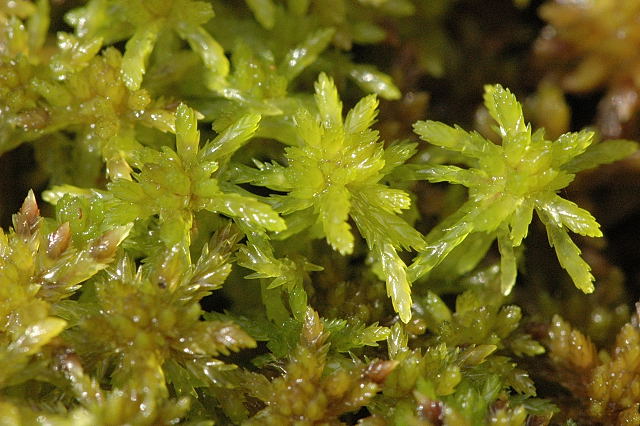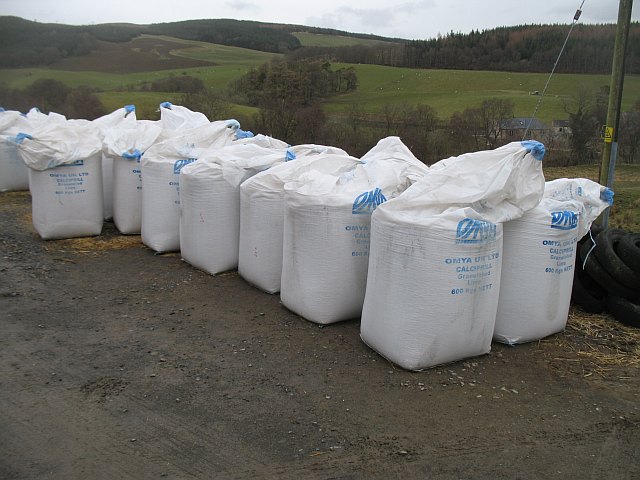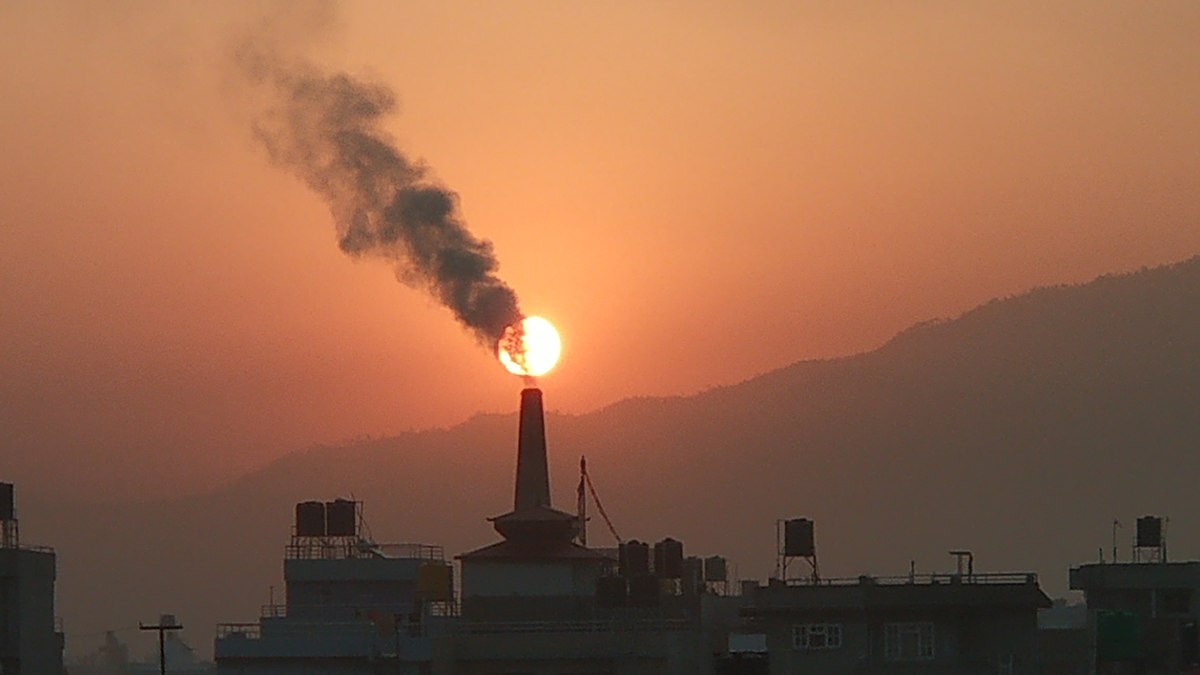acespicoli
Well-known member
Peat moss can also acidify its surroundings by taking up cations, such as calcium and magnesium, and releasing hydrogen ions.

 en.wikipedia.org
en.wikipedia.org
Although silicon is readily available in the form of silicates, very few organisms use it directly. Diatoms, radiolaria, and siliceous sponges use biogenic silica as a structural material for their skeletons. Some plants accumulate silica in their tissues and require silicon for their growth, for example rice. Silicon may be taken up by plants as orthosilicic acid (also known as monosilicic acid) and transported through the xylem, where it forms amorphous complexes with components of the cell wall. This has been shown to improve cell wall strength and structural integrity in some plants, thereby reducing insect herbivory and pathogenic infections. In certain plants, silicon may also upregulate the production of volatile organic compounds and phytohormones which play a significant role in plant defense mechanisms.[95][96][97] In more advanced plants, the silica phytoliths (opal phytoliths) are rigid microscopic bodies occurring in the cell.[98][99][96]
Several horticultural crops are known to protect themselves against fungal plant pathogens with silica, to such a degree that fungicide application may fail unless accompanied by sufficient silicon nutrition. Silicaceous plant defense molecules activate some phytoalexins, meaning some of them are signalling substances producing acquired immunity. When deprived, some plants will substitute with increased production of other defensive substances.[96]
Life on Earth is largely composed of carbon, but astrobiology considers that extraterrestrial life may have other hypothetical types of biochemistry. Silicon is considered an alternative to carbon, as it can create complex and stable molecules with four covalent bonds, required for a DNA-analog, and it is available in large quantities.[100]

 en.wikipedia.org
en.wikipedia.org
It is also used as a soil additive to hold soil water in drought-prone soils,

 en.wikipedia.org
en.wikipedia.org
These are the current selections...
As well as epsom salt and oyster shell

 en.wikipedia.org
en.wikipedia.org
Using crushed limestone...
Oyster shells are made of calcium carbonate, protein polysaccharides, and trace amounts of other minerals:

Sphagnum - Wikipedia
Although silicon is readily available in the form of silicates, very few organisms use it directly. Diatoms, radiolaria, and siliceous sponges use biogenic silica as a structural material for their skeletons. Some plants accumulate silica in their tissues and require silicon for their growth, for example rice. Silicon may be taken up by plants as orthosilicic acid (also known as monosilicic acid) and transported through the xylem, where it forms amorphous complexes with components of the cell wall. This has been shown to improve cell wall strength and structural integrity in some plants, thereby reducing insect herbivory and pathogenic infections. In certain plants, silicon may also upregulate the production of volatile organic compounds and phytohormones which play a significant role in plant defense mechanisms.[95][96][97] In more advanced plants, the silica phytoliths (opal phytoliths) are rigid microscopic bodies occurring in the cell.[98][99][96]
Several horticultural crops are known to protect themselves against fungal plant pathogens with silica, to such a degree that fungicide application may fail unless accompanied by sufficient silicon nutrition. Silicaceous plant defense molecules activate some phytoalexins, meaning some of them are signalling substances producing acquired immunity. When deprived, some plants will substitute with increased production of other defensive substances.[96]
Life on Earth is largely composed of carbon, but astrobiology considers that extraterrestrial life may have other hypothetical types of biochemistry. Silicon is considered an alternative to carbon, as it can create complex and stable molecules with four covalent bonds, required for a DNA-analog, and it is available in large quantities.[100]

Sand - Wikipedia
It is also used as a soil additive to hold soil water in drought-prone soils,

Montmorillonite - Wikipedia
These are the current selections...
As well as epsom salt and oyster shell

Liming (soil) - Wikipedia
Using crushed limestone...
Oyster shells are made of calcium carbonate, protein polysaccharides, and trace amounts of other minerals:
- Calcium carbonate: Makes up over 90% of an oyster shell. Calcium carbonate is also known as chalk.
- Protein polysaccharides: A component of oyster shells.
- Other minerals: Trace amounts of iron, manganese, magnesium, sodium, copper, nickel, and strontium are also present in oyster shells.
- Organic compounds: Melanin is an organic compound found in oyster shells.
- Gardening
Crushed oyster shells can be used as a soil additive, mulch, - or lime substitute to help balance soil pH levels and promote plant growth.
Last edited:









